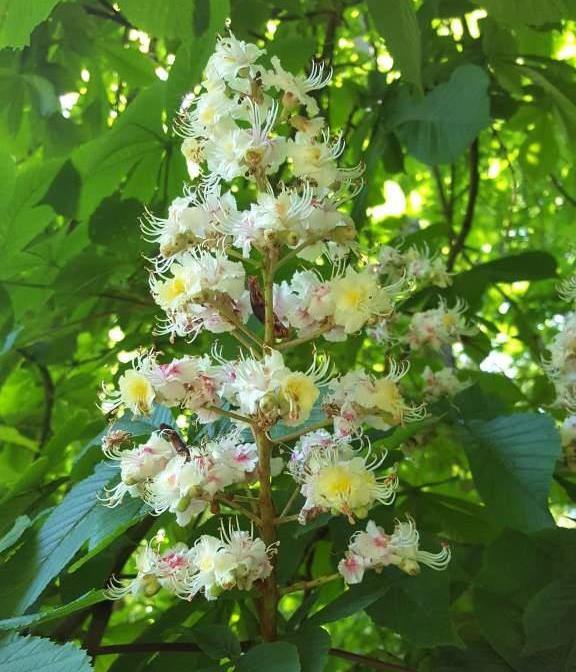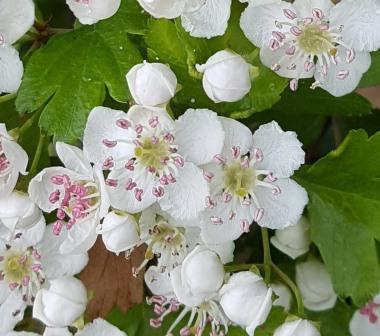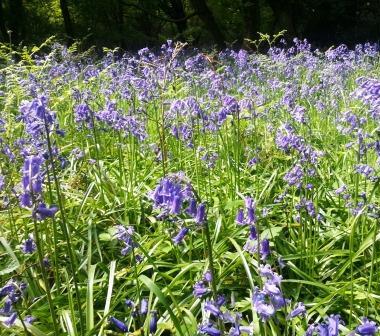Plants to look out for in September
With temperatures and daylengths both now reducing, we can look forward to witnessing the myriad ways that plants disperse their seeds. This month's notes explain why seed dispersal is so important, and introduces the different mechanisms for achieving it – together with a few examples of each. Enjoy your time out there, and see how many you can find!
Click here for information.
Plants to look out for in August
My notes for this month include a look at the similarities and differences between the closely-related Agrimony and Wood Avens, which both have small, yellow flowers. Wild Carrot features this month too, and I've included a little bit of ‘proper botany’ for understanding the flower structure of Yarrow, which is at its best throughout August and September.
Click here for information.
Plants to look out for in July
Our focus this month is on the Bedstraws, two species of (similarly named yet totally unrelated) Bryony, Burdock, Hedge Woundwort and Enchanters-nightshade.
Click here for information.
Plants to look out for in June
Our focus this month is on Sanicle, Speedwells and the Horse Chestnut. It is also worth revisiting last month's buttercups, to see what they are up to now. Plus, this is the month in which many of our glorious native orchids come into flower, so keep your eyes peeled!
Click here for information.
Plants to look out for in May
Our focus this month is on Hawthorn, Buttercups and a beautiful but understated plant of the woodland floor - Wood Sorrel.
Click here for information.
Bluebells
We are fortunate in The Chilterns that the native English bluebell is a common sight in our woodlands in late spring, carpeting the ground in a mass of intense blue / indigo flowers. For more information, and to discover how to tell our native English bluebell from the Spanish bluebell, click here.
Plants to look out for in April
Our focus this month is on Bluebells, Greater Stitchwort, Dogs Mercury, Cherries, Sloes and Primroses.
Click here for information.






